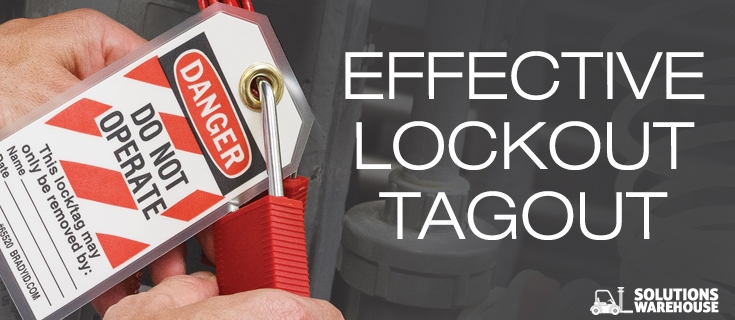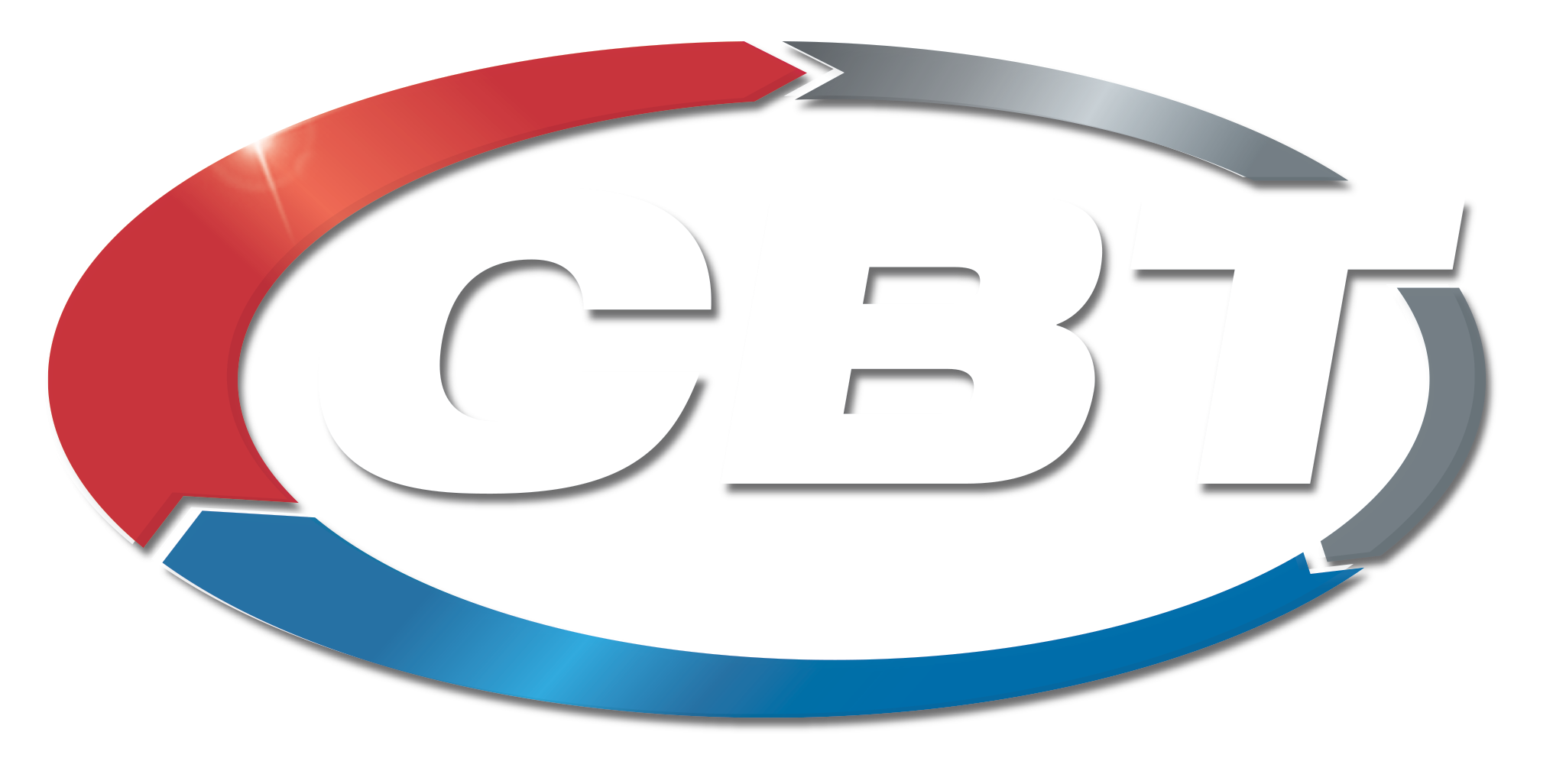 This post by Jimi Michalscheck, of ESC Services, Rockwell Automation, originally appeared in the The Journal From Rockwell Automation. Many wonder how a modern lockout/tagout (LOTO) solution can actually improve production. While the answer differs in each industry, there are commonalities across all of them. I will first describe these shared traits, then target the printing sector more specifically, because LOTO efficiency is a common question lately from this industry. However, before providing details on how efficiency is improved, it’s best to describe the most efficient and modern LOTO program practical by today’s standards. A modern LOTO program should include these five foundational components:
This post by Jimi Michalscheck, of ESC Services, Rockwell Automation, originally appeared in the The Journal From Rockwell Automation. Many wonder how a modern lockout/tagout (LOTO) solution can actually improve production. While the answer differs in each industry, there are commonalities across all of them. I will first describe these shared traits, then target the printing sector more specifically, because LOTO efficiency is a common question lately from this industry. However, before providing details on how efficiency is improved, it’s best to describe the most efficient and modern LOTO program practical by today’s standards. A modern LOTO program should include these five foundational components:
- Corporate Policy. This should describe enforcement protocol and ways to guide contractors on site, whose responsibility it is to correct identified deficiencies, etc.
- Training. Specific modules are customized to suit each group’s needs — Authorized, Affected, All-Others and Contractors.
- LOTO Procedures. Modern procedures are more graphical than text based. Visual tags mounted at each energy source help speed up each step.
- Procedures must be machine specific and written in the same fashion that the authorized employees service the equipment.
- Hands-on training with the procedures facilitates full comprehension of how and when to lock out equipment.
- Locks, Tags and Devices. Select the right lock products and devices in the correct quantities to provide easy access and usage.
- Auditing. The entire program is required to be audited every year. This lessens the annual burden rate of maintaining the program significantly.
Efficiency Gains Explained
From these five components, all industries can achieve these common production and LOTO efficiency improvements:
- Reduced Lockout and Unlock Time. Locking/unlocking equipment for maintenance (routine, scheduled or unplanned) takes significantly less time — by 50% or more on average.
- Prevention of Delayed Starts. Equipment often sits idle because of a lack of communication between authorized employees and operators. Equipment repairs that are finished often aren’t conveyed to the operators, leading to hours of unnecessary downtime. Proper training customized to the site’s needs and usage will help minimize these delayed starts.
- Prediction of Inefficiency Trends, Identifying these trends is easy with iPad data collection tools that track minimum, maximum and average lockouts per machine and per authorized employee. If a trend occurs with employees or machines they will be easy to see with graphs and charts.
- Fewer Accidents. When an accident occurs, whether minor or major, even if an injury is not involved, there’s significant downtime associated. With proper LOTO training, policy, procedures and equipment, operators and authorized employees will be less likely to have an accident due to improper LOTO.
Depending on the anticipated accident rate associated with the outgoing LOTO program, this efficiency gain is variable, but can be enormous in both preventing downtime, and damage to equipment, workers comp claims, investigation, Occupational Safety and Health Association (OSHA) fines and civil litigation.
LOTO And The Printing Industry
With new graphical procedures replacing antiquated text-based procedures, authorized employees now are able to identify breakers for remote disconnects in far less time. In some cases, when an authorized employee was tasked with locking out equipment rarely serviced, simply identifying the correct electrical disconnect could take hours, extending equipment downtime, and administrative burden by calling up electrical one-line drawings, tracing disconnects and then verifying the disconnects until reaching the proper one. With the new LOTO procedures, lockouts for even simple equipment such as conveyors can be reduced from 1 hour to only 5 minutes on average. For more complex equipment such as a printing press, a 4.5-hour lockout procedure can be reduced to only 30 minutes. In addition, employees are more confident it’s done correctly. Also, training new employees takes a fraction of the time with intuitive procedures that are easy to follow and visual aids such as business-card-sized energy source ID tags that are installed at each corresponding energy source isolation point. Making a change to a procedure can be completed in far less time even by untrained personnel because the procedures are easy to locate (downloadable Excel files from a secure website portal). What used to involve hours of searching and file recovery from using different software platforms and in some cases proprietary software that no longer works, now only takes minutes. When auditing procedures in the printing industry, there can be hundreds if not thousands of procedures to audit on a 12-month cycle. Some iPad applications can reduce that time from several months to only a week or two. Major efficiency gains can result from both the high-performance graphical procedures and customized training that suits each company’s unique needs. The increased efficiencies from simply maintaining the program annually help justify the investment and help the entire program survive for years with proper usage and updates from in-house staff.
Printing Industry Case Study
A printing company with 400 pieces of equipment (accumulators, printing heads, pumps, rollers, cutters, conveyors, stackers, palletizers, depalletizers, and more) invested US$100,000 on a modern LOTO program implemented in six weeks with ESC Services. Past experience shows it would have taken the company at least four years with 4 to 5 people internally to do the same thing and could expect an average of 50% accuracy of procedures. They would need two people full time to maintain it. LOTO scenarios (lock and unlock) that used to take 30 minutes on average are now reduced to 8 minutes. This has led to increased equipment uptime, which can be calculated as production efficiency gains. Improved production uptime led to a payback of at least 12 hours per month valued at $4,000 per production hour, leading to first month’s gains of $48,000 and an annual savings of at least $576,000 (not including the savings from accident reduction and fine prevention). Once procedures are completed, the next phase is training. Creating an authorized training program that’s customized and unique to your company’s exact needs is critical to program adoption by facility personnel and sustainability of the overall program.












